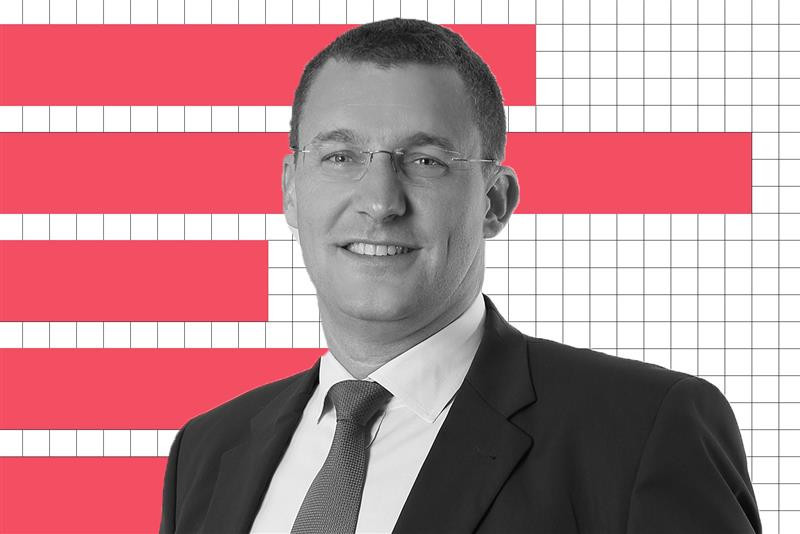To better understand a situation generating a real issue for all investment managers trying to implement ESG, we need to (re)clarify what is ESG and how funds can integrate these concepts in their investment policy.
Unfortunately for the general public, as well as for politics and society, most of time only “E” is considered, relegating “Social and Governance” as nice-to-have criteria if not totally forgotten. ESG is not only “Environmental”, ecology or sustainable resource management, it is much more than that. This is the case in Western-Europe where the media are clearly emphasizing the phenomenon, but it seems to be more accentuated in other areas of the world. It is obvious, but as an example, we must convey that sustainable growth, human rights or clean energy do not have the same meaning for a farmer in Malaysia and for a taxi driver in New-York.
In a globalized world, Investments funds must meet global ESG criteria, and to do so there is a strong need to agree on a common definition, from the developed countries to the various emerging markets. This clearly complicates the setup for an investment manager who wants to target investors from all over the world. They need to be able to rely on common definitions.
The can be considered as the first indisputable definition. It includes 17 different goals to achieve, like for example “zero hunger”, “quality of education” or “gender equality”. If these goals are known, simple and available, it becomes difficult for a fund to rank every investment according to 17 distinct criteria…
A second available definition, as provided by the international standard , defines ESG via 7 pillars including “human rights”, “consumer protection” or “working practices”. Whilst it seems easier to rank an investment according to 7 variables, unfortunately, as per the United Nations’ definition there are a minimum of 5 to 7 sub-axes to be ranked for each pillar, leading to much more complexity in the end. Moreover, ISO 26000 is not approved by all countries, like for example Luxembourg, India or USA who refused to ratify the norm pushing for domestic definitions. So, it can be difficult to rely on it for a fund investing or domiciliated in these countries.
Other definitions of ESG exists, but none of them would be any less complex to implement for an investment fund. Whatever definition we take, the asset manager must rank and give a score for each investment based on many criteria. How can they weigh 17 or more criteria to estimate the real impact of an asset when there are no norms nor transparent algorithms or methodologies to rank all activities, companies, and assets?
Considering those constraints, many asset managers decided to develop their own methodology. Most of the time it is to support the funds trying to follow SFDR[ii] regulation article 8 or 9. This ranking methodology could be shared and auditable, showing the ESG notation process and the data used. But even if the methodology is well designed, shared and all data are accurate, it does not prevent external parties to perform counter analysis, with other data, other methodologies, leading to different conclusions... exposing the investment fund to reputational risks.
This shows, if needs be, the data quality issue we all face while trying to rank ESG investments. Unfortunately, most of the time data do not exist or when available could be very incomplete and easily challenged. This is already the case for listed assets, but it is even more challenging for alternative investment where data are definitively lacking on ESG topics, leading asset managers in a difficult situation when they want to rank their investments.
This said, are asset managers in a dead-end with ESG? No, the target is there, and we all must move ahead, in a pragmatic step-by-step approach.
This is the challenge Societe Generale Securities Services is tackling today with its clients: integrating ESG data into all of its business processes, from pre-trade compliance checks to valuation calculations and depositary controls. Because of the factors mentioned above, no one has yet reached this ultimate goal, yet this quest is now essential for anyone wishing to support asset managers in what could truly be a new dynamic in the market and one that transforms it in a lasting way.
It will be a long journey which will transform the entire industry. All of us – asset managers, asset servicers, regulators and investors - should rethink the way of doing business. We should be able to rank in every ESG criteria and to “calculate” the impact of each detailed sub-investment. As of today, we as asset servicers are providing our clients with the capacity to insert ESG data in their investment compliance monitoring tools, leading to support the investment choice.
Can all companies, markets, global finance players, and regulators, agree on a common auditable data set? Can they all agree on common algorithms and methodologies to define and rank assets and companies according to ESG criteria? Maybe yes, but this would probably be the long-term end target. It will most likely be a very long journey for all of us. In the meantime, we all need to move ahead by making small but engaging steps.
Today, every asset manager considers ESG as a part of investment strategy. Maybe the meaning would differ from one to another, as well as the impact or ranking for all the criteria, but clearly this is already a tremendous change in our industry.
[I] Undertaking for Collective Investment in Transferable Securities
[II] Sustainable Finance Disclosure Regulation
